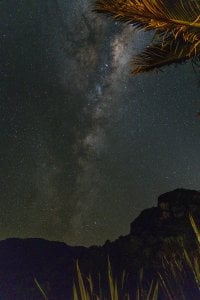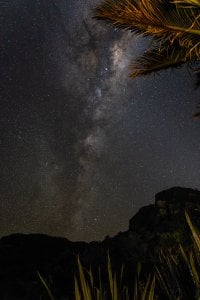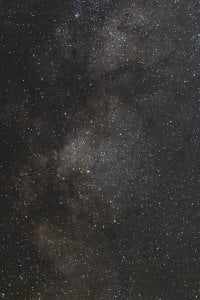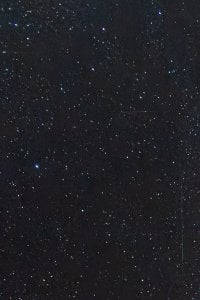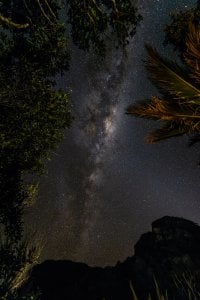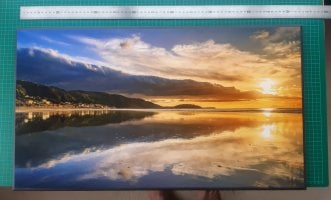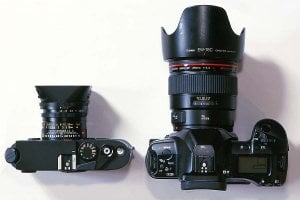I'm in the market for a wideangle prime, and I'm really torn between Canon RF 24/1.8 and Sigma 28/1.4
Intended uses: astrophotography (tracked), after-dark walk-around shooting in cities and towns (travel), and daylight landscape photography.
Wideangle lenses owned already: RF 24-240, RF 16/2.8, EF 50/1.8
Plusses for the Canon:
- Has IS.
- Small, lightweight, which is a BIG plus for travel and hiking
- Native RF mount, no putzing with adapters (although this is not a big deal)
- Close focus ability (doubt I will use this much
Downsides of Canon
- Relatively expensive
- Consumer-grade build
- While the center is sharp, the corners aren't the sharpest and will likely need stopping down.
- Need to stop down to f/2.8 at least for astro.
Plusses for Sigma
- Built like a tank
- 2/3 stops faster
- Very sharp, even wide open. Corner-to-corner sharpness
- Occasionally goes on sale for 450-500 USD which is a screamin' a deal
Downsides of Sigma
- Heavy. I could be hiking or traveling, and if the lens stays home because of weight then what's the point.
Thoughts?
Intended uses: astrophotography (tracked), after-dark walk-around shooting in cities and towns (travel), and daylight landscape photography.
Wideangle lenses owned already: RF 24-240, RF 16/2.8, EF 50/1.8
Plusses for the Canon:
- Has IS.
- Small, lightweight, which is a BIG plus for travel and hiking
- Native RF mount, no putzing with adapters (although this is not a big deal)
- Close focus ability (doubt I will use this much
Downsides of Canon
- Relatively expensive
- Consumer-grade build
- While the center is sharp, the corners aren't the sharpest and will likely need stopping down.
- Need to stop down to f/2.8 at least for astro.
Plusses for Sigma
- Built like a tank
- 2/3 stops faster
- Very sharp, even wide open. Corner-to-corner sharpness
- Occasionally goes on sale for 450-500 USD which is a screamin' a deal
Downsides of Sigma
- Heavy. I could be hiking or traveling, and if the lens stays home because of weight then what's the point.
Thoughts?



